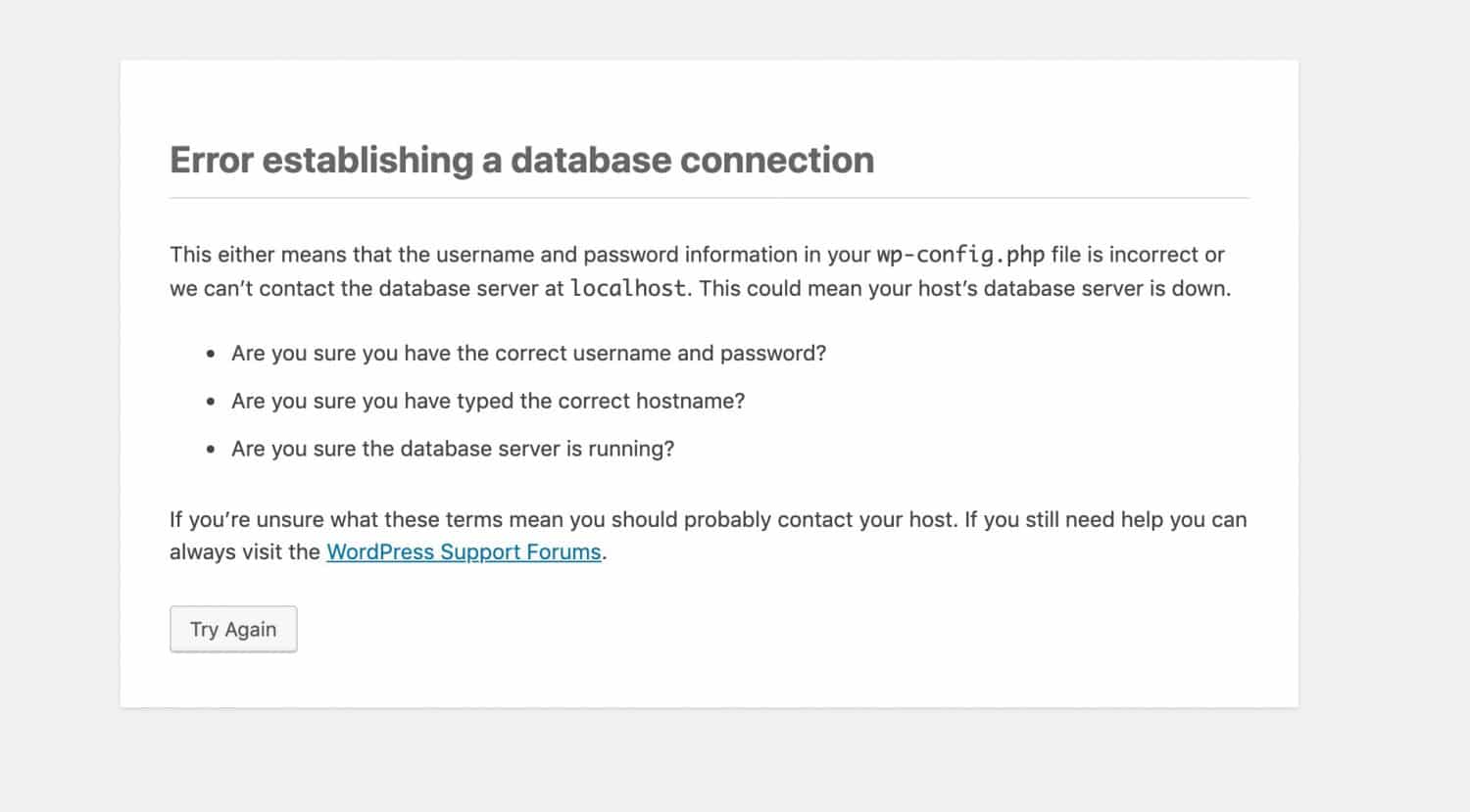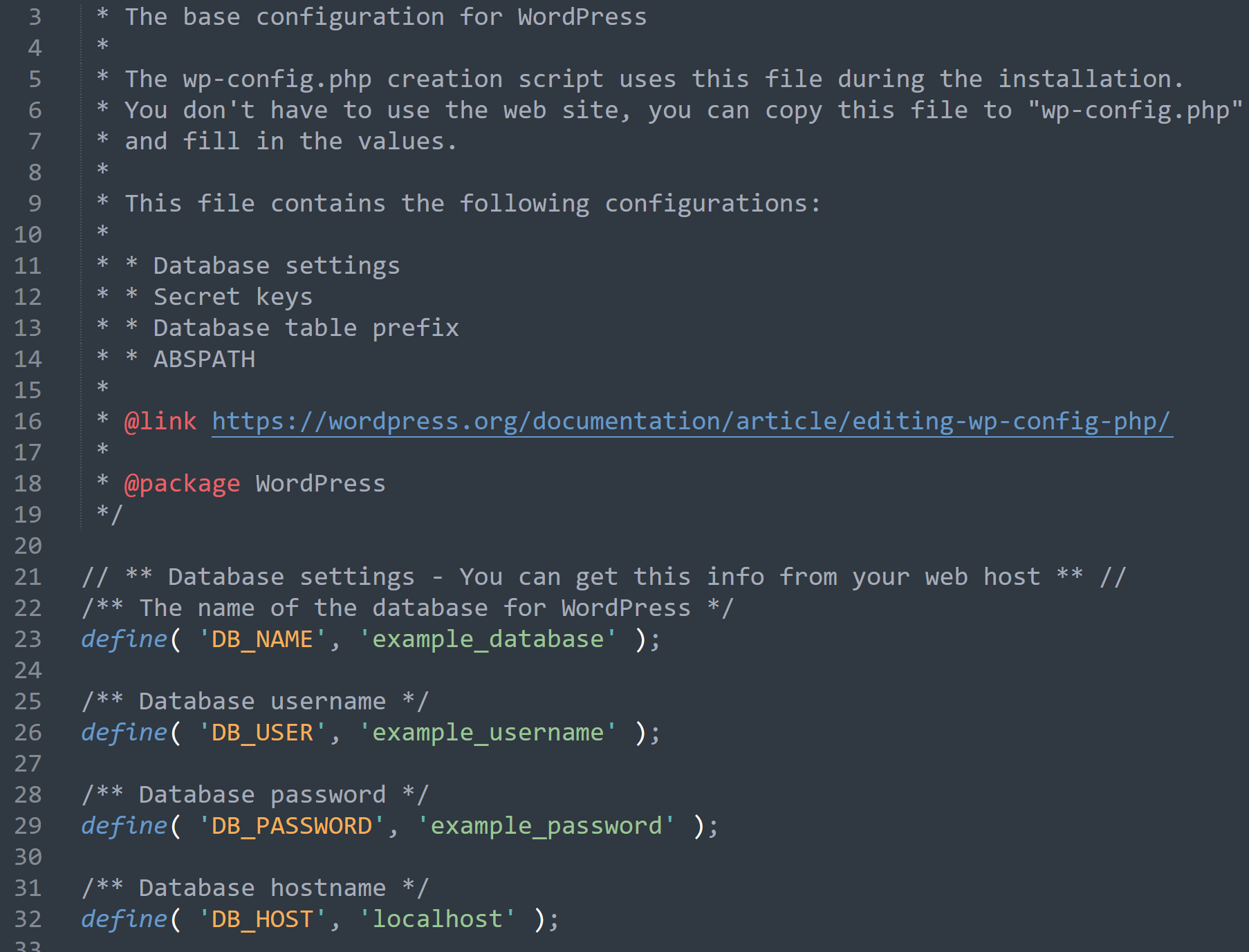Are you a WordPress user who’s suddenly unable to access your website’s admin panel? Frustrating, isn’t it? Don’t worry, you’re not alone. One common culprit for this issue is database corruption, which can lock you out of your WordPress dashboard and leave you scratching your head for a solution. But fear not, because in this article, we will guide you through the process of fixing WordPress database corruption and help you regain access to your beloved website.
WordPress is renowned for its user-friendly interface and powerful functionality, but like any other software, it’s not immune to technical glitches. Database corruption can occur due to various reasons such as server errors, plugin conflicts, or even malware attacks. When this happens, your website’s database becomes inaccessible, preventing you from logging in and managing your site effectively. But fret not, as we are here to empower you with the knowledge and tools to troubleshoot and fix this issue. In the following paragraphs, we will walk you through the step-by-step process of identifying and resolving WordPress database corruption, ensuring that you can regain control of your website and get back to business as usual. So let’s dive in and eliminate this obstacle together!
How to Fix the WordPress Database Corruption That’s Preventing You from Logging In:
- Step 1: Backup your WordPress database.
- Step 2: Identify and repair the corrupted tables using a database repair tool.
- Step 3: Update your WordPress installation and plugins to the latest versions.
- Step 4: Clear your browser cache and cookies.
- Step 5: Try logging in again.

How to Fix the WordPress Database Corruption That’s Preventing You from Logging In
In today’s digital age, WordPress has become one of the most popular content management systems for websites. However, like any software, it is not immune to issues, and one of the most frustrating problems users can encounter is database corruption. This can prevent you from logging in, leaving you locked out of your own website. But fear not, as we will guide you through the steps to fix this issue and regain access to your WordPress site.
Step 1: Identify the Problem
The first step in fixing database corruption is to identify the problem. There are several signs that indicate your WordPress database may be corrupt. One common symptom is the inability to log in. When you try to access your website’s admin panel, you may encounter an error message or an endless loading loop. Another indicator is missing or incomplete data on your website, such as missing posts, pages, or images. If you notice any of these issues, it’s likely that your database has been corrupted.
To confirm the database corruption, you can use a tool like phpMyAdmin or a WordPress plugin like WP-DBManager. These tools allow you to access your database directly and check for any errors or inconsistencies. Once you have confirmed the corruption, you can proceed to the next step.
Step 2: Backup Your Website
Before attempting any fixes, it is crucial to create a backup of your website. This ensures that you have a copy of your data in case anything goes wrong during the repair process. There are several ways to back up your WordPress website, including using a backup plugin, using your web host’s backup service, or manually exporting your database and files. Choose the method that works best for you and make sure to store the backup files in a secure location.
Once you have a backup of your website, you can proceed with confidence, knowing that your data is safe. Remember, it’s always better to be safe than sorry when it comes to working with databases.
Step 3: Repair the Database
Now that you have identified the problem and backed up your website, it’s time to repair the database. WordPress provides a built-in tool called “Repair Database,” which can fix common database corruption issues. To access this tool, you need to add a line of code to your website’s wp-config.php file.
Open your website’s wp-config.php file using a text editor and add the following line of code just before the line that says “That’s all, stop editing! Happy blogging!”
define('WP_ALLOW_REPAIR', true);Save the file and upload it back to your server. Now, open your web browser and navigate to the following URL:
http://www.yourwebsite.com/wp-admin/maint/repair.phpReplace “yourwebsite.com” with your actual domain name. This URL will take you to the WordPress database repair page. Click on the “Repair Database” button, and WordPress will automatically scan and repair any corrupted tables in your database.
Once the repair process is complete, you will see a success message. It’s important to note that this method can only fix certain types of corruption. If the repair process fails or you continue to experience issues, you may need to seek professional help or consider other advanced troubleshooting methods.
Step 4: Remove the Repair Code
After you have successfully repaired your database, it’s essential to remove the repair code from your wp-config.php file. Leaving it in place can pose a security risk, as it allows anyone to access the repair page on your website. Open the wp-config.php file again and delete the line of code you added earlier.
Save the file and upload it back to your server. Your website should now be back to normal, and you should be able to log in to the WordPress admin panel without any issues.
In conclusion, database corruption can be a frustrating problem that prevents you from accessing your WordPress website. However, by following the steps outlined above and taking the necessary precautions, you can fix the issue and regain control of your website. Remember to always back up your website before attempting any repairs and seek professional help if needed. With a little patience and the right tools, you’ll be back to managing your WordPress site in no time.
Frequently Asked Questions
Below are some commonly asked questions about fixing WordPress database corruption that’s preventing you from logging in.
Q: What causes WordPress database corruption?
There are several reasons that can lead to WordPress database corruption. It could be due to a plugin or theme conflict, a server error, or even a problem with the database itself. In some cases, a sudden power outage or an interrupted database update can also result in corruption.
Regardless of the cause, it’s important to address the issue promptly to regain access to your WordPress site.
Q: How can I identify if my WordPress database is corrupted?
If you’re unable to log in to your WordPress admin panel and are getting error messages related to the database, it’s likely that your database is corrupted. However, you can also perform a manual check by accessing your website’s files via FTP.
Look for the wp-config.php file and open it using a text editor. Check if the database credentials mentioned in the file are correct. If they are, then the issue may lie with the database itself.
Q: Can I fix the WordPress database corruption myself?
Yes, you can fix WordPress database corruption yourself, but it requires some technical knowledge. Before making any changes, it is recommended to create a backup of your database and website files to avoid any potential data loss. You can use a plugin or access your hosting control panel to create backups.
To fix the corruption, you can try repairing the database using the built-in repair feature in WordPress. Alternatively, you can use phpMyAdmin or a similar database management tool to repair the tables manually. It’s important to follow the repair process carefully and ensure that you have a recent backup before proceeding.
Q: What if the database repair doesn’t fix the issue?
If the database repair process doesn’t fix the issue, there may be more complex underlying problems. In such cases, it’s recommended to seek assistance from a WordPress developer or a professional database administrator.
They will have the expertise to diagnose the problem and take appropriate action to resolve it. It’s important not to make any further modifications to the database without expert guidance to avoid potential data loss or further complications.
Q: How can I prevent WordPress database corruption in the future?
To prevent WordPress database corruption in the future, it’s essential to regularly update WordPress core, themes, and plugins. Keeping everything up to date ensures that you have the latest bug fixes and security patches.
You should also regularly optimize your database by removing unnecessary data, such as post revisions and spam comments. Additionally, having a reliable backup system in place is crucial. Regularly backing up your website and database will allow you to quickly restore them in case of any corruption or data loss.

In conclusion, dealing with WordPress database corruption can be a frustrating experience, especially when it prevents you from accessing your website. However, by following the steps outlined in this guide, you can effectively troubleshoot and fix the database corruption issue. Remember to always backup your database before making any changes and approach the troubleshooting process with patience and caution.
By understanding the common causes of database corruption, such as plugin conflicts or server issues, you can take proactive measures to prevent it from happening in the future. Regularly updating your plugins, themes, and WordPress core, as well as optimizing your database, can go a long way in maintaining its health and avoiding potential corruption. Additionally, staying informed about best practices and utilizing reliable backup solutions are essential for ensuring the security and stability of your WordPress site. With the right knowledge and approach, you can overcome database corruption and regain access to your website, keeping it running smoothly for your users.





